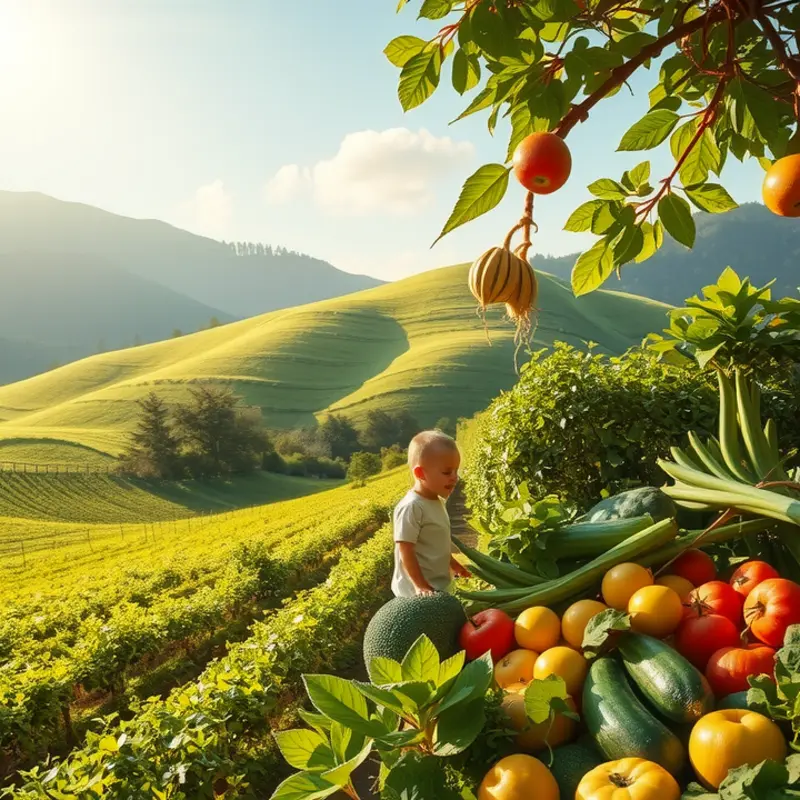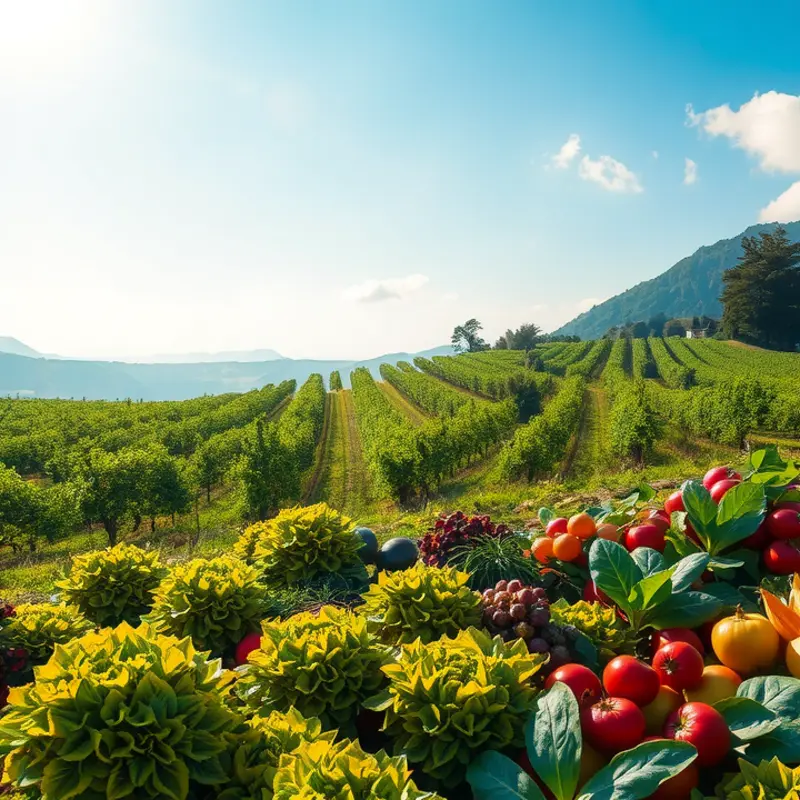Understanding the shelf-life of common foods is crucial in managing your household efficiently. Knowing how long your groceries remain safe and fresh fosters better meal planning and reduces unnecessary waste. This guide provides actionable tips on storing various food items so you can minimize waste while enjoying safe, delicious meals.
Understanding Shelf-Life: What It Means

The concept of shelf-life is integral to food storage and management, yet often misunderstood. At its core, shelf-life refers to the duration during which a food product remains safe and suitable for consumption. However, not all shelf-life labels mean the same thing, and understanding these differences can help you make informed decisions about food safety and waste reduction.
Expiration Date, Sell-By Date, and Best-By Date:
There are three main types of labels concerning shelf-life. The expiration date is the most critical, indicating the last date the manufacturer guarantees the product’s safety and potency. Consuming food past this date might pose health risks, especially for perishable goods like dairy or meat.
The sell-by date is primarily for retailers, indicating the deadline for displaying the product on shelves. This date isn’t necessarily a direct indicator of spoilage, and products may still be consumed safely after this date, assuming proper storage conditions.
The best-by date suggests when the product will be at its peak quality. After this date, the food might not taste as intended, but it’s still safe to eat as long as it remains uncompromised. Consider this information when evaluating whether to discard items or to try salvaging them through methods discussed in our blog on low-waste cooking.
Factors Affecting Shelf-Life:
-
Storage Conditions: Temperature and humidity significantly impact how long food remains fresh. Refrigerated or frozen conditions prolong shelf-life for many perishables. Pantry storage should be cool, dark, and dry to prevent spoilage.
-
Packaging: Airtight packaging can extend shelf-life by preventing exposure to air and moisture. Vacuum-sealed or vacuum-packed items retain freshness because they are less exposed to microorganisms that cause spoilage.
-
Food Type: Different foods inherently have varied shelf-lives. Fresh vegetables and fruits degrade more quickly than canned or dried goods. Perishable goods like meat and dairy require stringent temperature controls to avoid spoilage.
While understanding these factors, consider the importance of regular inventory checks. Organizing your pantry and fridge by date ensures older products are used before newer ones, supporting waste reduction.
Incorporating knowledge of shelf-life into daily practices can aid in maximizing freshness and minimizing waste, a theme also explored through eco-friendly food storage solutions found in our eco-smart kitchen storage guide. This makes not only environmental sense but also fiscal sense in extending the utility of your food purchases.
By demystifying these labels and understanding the variables that affect them, managing food wisely becomes more attainable. This approach helps ensure your food remains fresh, safe to eat, and minimizes waste, aligning neatly with sustainable and efficient food handling principles.
Practical Storage Solutions for Common Foods

Ensuring the freshness of everyday foods requires understanding their unique storage needs. Fruits should be stored at temperatures between 32°F and 50°F, with ethylene-sensitive varieties like apples kept separate from bananas to prevent premature ripening. Vegetables, on the other hand, benefit from controlled humidity. Leafy greens stay crisp in high humidity, while onions prefer a dry space outside the fridge.
Dairy products, including milk and cheese, demand cold temperatures to prevent spoilage. Store them at the back of the refrigerator where it’s coldest. For cheese, wrapping it in wax or parchment paper allows it to breathe while maintaining moisture.
Proteins like meat and fish require vigilant storage. Keep them below 40°F to inhibit bacterial growth, and utilize airtight containers to prevent cross-contamination. If you’re unsure how soon you’ll cook them, consider freezing. Use the freezer for efficient space management; stack flat packs of ground meat or fillets to maximize utility.
Some foods like grains and beans store well long-term. Ensure a cool, dry environment, sealed in airtight containers to avoid moisture or pests. On the contrary, eggs need quicker consumption if stored unrefrigerated, typically within a week.
Creative surplus redistribution reduces waste. Share excess with neighbors or donate to food banks when possible. Additionally, batching cooking projects, such as soups or sauces, can efficiently use surplus vegetables while creating ready-made meals that freeze well. Check out our guide on low-waste cooking prep for more tips.
For foods that need rapid consumption, like ripe avocados or fresh berries, consider using creative culinary solutions. Transform them into smoothies, salsas, or baked goods if their peak approaches too quickly.
In summary, understanding and implementing proper storage conditions tailored to each food category can significantly impact shelf-life and reduce food waste. These strategies not only save money but also uphold food quality, ensuring you enjoy every bite at its best.
Final words
By understanding the shelf-life of various foods and implementing practical storage techniques, you can significantly reduce food waste and enhance your home food management. Keep in mind the importance of proper storage methods, be mindful of the dates on product labels, and utilize your refrigerator and pantry smartly. Enjoy fresher meals while contributing to a more sustainable lifestyle—make these tips part of your routine and see the difference in your kitchen.







